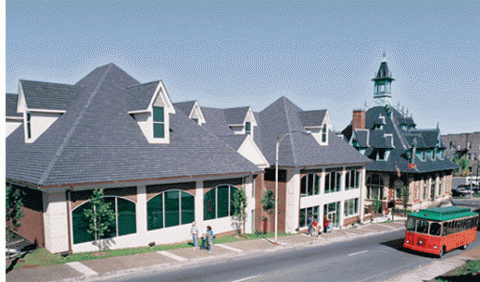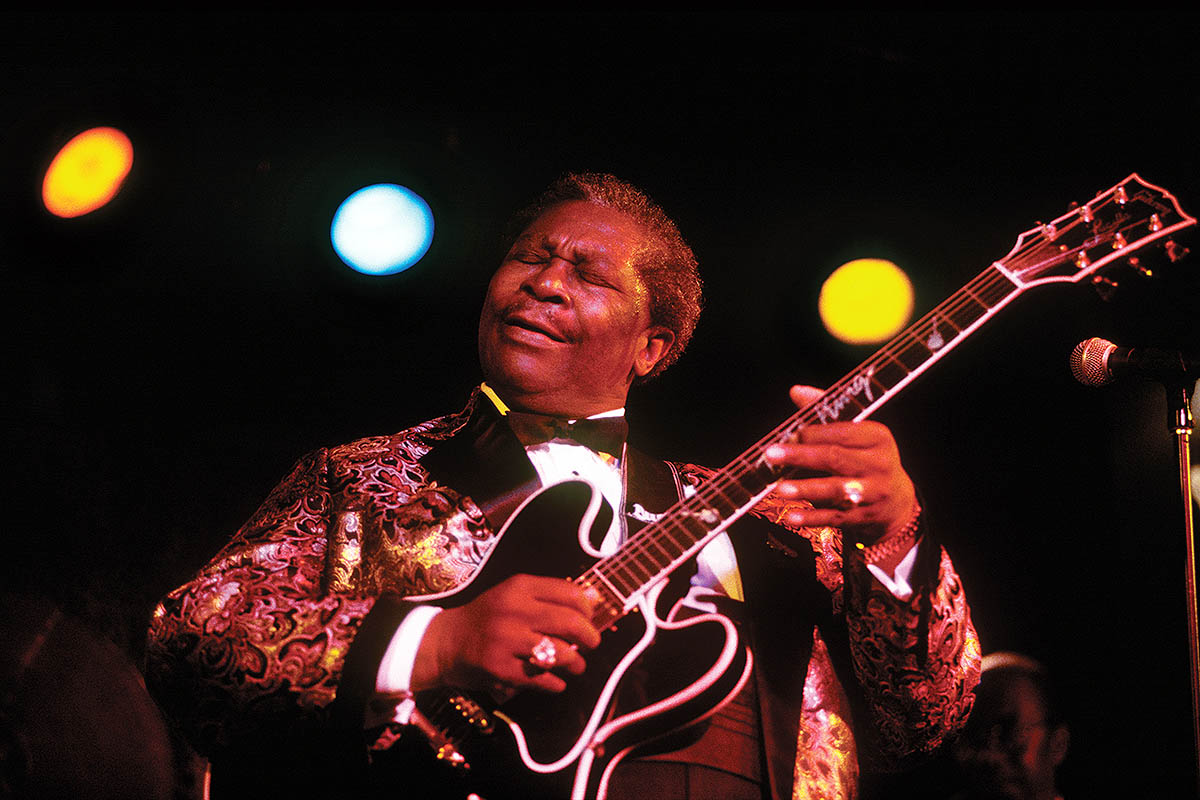 Clarksville, TN – The Customs House Museum and Cultural Center presents the exhibition, I Have a Voice: Tennessee’s African American Musical Heritage, open now. The exhibition, organized by the Tennessee State Museum, gives a snapshot of Tennessee’s rich African American musical heritage and its influence on worldwide musical genres.
Clarksville, TN – The Customs House Museum and Cultural Center presents the exhibition, I Have a Voice: Tennessee’s African American Musical Heritage, open now. The exhibition, organized by the Tennessee State Museum, gives a snapshot of Tennessee’s rich African American musical heritage and its influence on worldwide musical genres.

The Volunteer State has been the birthplace of some of the most influential music in the world, from the Beale Street blues clubs in Memphis, to the R&B scene on Nashville’s Jefferson Street and the jazz in Knoxville’s Gem Theatre.
The history of African American music follows the hardship of slavery in America. American slaves adapted their African ancestors’ music to hand clapping, singing, the fiddle and the African–derived banjo.
Expressing their sorrows from bondage, and joy for their ultimate deliverance, these enslaved persons found an original, musical voice sung in their spirituals and folk music. This voice has left a monumental cultural stamp on American music, including blues, ragtime, jazz, gospel, rhythm and blues, rock and roll, and soul music. In turn, this music has influenced and enriched music around the world.

The exhibit introduces viewers to many famous Tennessee music legends — Bessie Smith, who was nicknamed the “Empress of the Blues;” B.B. King, often referred to as the “King of the Blues;” Grand Ole Opry star DeFord Bailey; and Rock and Roll Hall of Fame inductee Tina Turner.
The exhibit gives visitors a chance to hear the voices of the many Tennessee African American men and women who made their mark on American music from ragtime to Motown.
Educators who are interested in teaching about Tennessee’s African American musical heritage will be provided with curriculum-based educational lesson activities.
I Have a Voice: Tennessee’s African American Musical Heritage will be on view through March 29th.
About the Customs House Museum & Cultural Center
 The Customs Museum & Cultural Center is partially housed in a historic building, which was originally used as a Federal Post Office and Customs House to handle the large volume of foreign mail created by the city’s international trade in tobacco. It also housed the Clarksville Department of Electricity before becoming a Museum. The building was placed on the National Register of Historic Places in 1972.
The Customs Museum & Cultural Center is partially housed in a historic building, which was originally used as a Federal Post Office and Customs House to handle the large volume of foreign mail created by the city’s international trade in tobacco. It also housed the Clarksville Department of Electricity before becoming a Museum. The building was placed on the National Register of Historic Places in 1972.
With its 1983 charter, this institution was founded as the Clarksville-Montgomery County Museum. With the expansion of its mission and building in 1996, the institution became known as the Customs House Museum & Cultural Center and it continues to grow and evolve to best serve the community.
Located in the heart of Historic Downtown Clarksville, Tennessee, the Customs House Museum & Cultural Center is the state’s second largest general interest museum with over 35,000 square feet of exhibit space, and houses hands-on activities and special events.
Learn more at www.customshousemuseum.org
About the Tennessee State Museum
The new Tennessee State Museum that sits on the corner of Rosa L. Parks Boulevard and Jefferson Street at Bicentennial Capitol Mall State Park can trace its roots back to a museum opened on the Nashville public square in 1817 by a portrait artist, Ralph E.W. Earl. A young boy who visited that museum in 1823 wrote home that he had seen a life-size painting of then General Andrew Jackson. That same painting is now part of the Tennessee State Museum collection.
In 1937 the Tennessee General Assembly created a state museum to consolidate World War I mementoes and other collections from the state, the Tennessee Historical Society and other groups. This museum was located in the lower level of the War Memorial Building until it was moved into the new James K. Polk Center in 1981. It remained there for more than 35 years until, in 2015, Governor Bill Haslam proposed a new home for the museum on the northwest corner of the Bicentennial Mall in Nashville. The Tennessee General Assembly appropriated $120 million to build the Museum, with the additional funding to complete the project to be raised in private contributions.
The new Tennessee State Museum, encompassing 137,000 sq. ft. of administration and gallery space, opened to the public on October 4th, 2018.
Learn more www.tnmuseum.org



